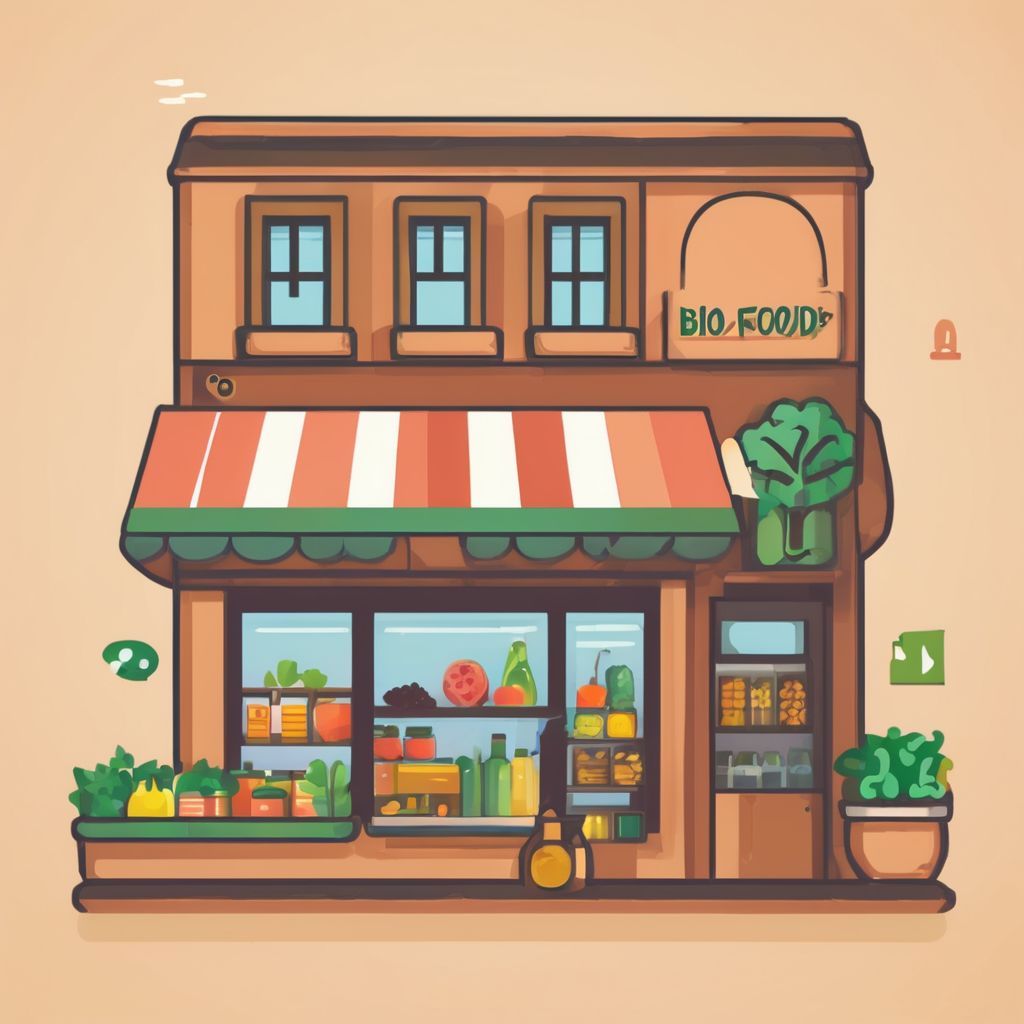Key factors influencing ambiance for UK restaurants and bars
Ambiance plays a crucial role in creating the perfect restaurant ambiance UK professionals aim to achieve. It directly impacts the customer experience in hospitality by shaping how guests feel and interact within a venue. A well-crafted atmosphere for UK bars can elevate a simple visit into a memorable occasion, encouraging repeat business and positive word-of-mouth.
In the UK, hospitality trends emphasize a blend of tradition and modernity, influencing ambiance decisions. Venues often incorporate local cultural elements while embracing contemporary design and lighting techniques. This duality caters to diverse customer preferences, enhancing satisfaction and loyalty.
Also to see : How can UK restaurants balance tradition and modernity in their kitchens?
The role of ambiance extends beyond aesthetics. It acts as a differentiator in the highly competitive hospitality market. Unique soundscapes, comfortable seating, and lighting tailored to the time of day or occasion all contribute to standing out among numerous options available to customers. By prioritizing ambiance, businesses can boost customer experience in hospitality, ultimately driving success and profitability.
Practical tips for shaping the perfect ambiance
Creating an inviting atmosphere with thoughtful details
In parallel : Savoring the uk: a culinary journey from home kitchen to restaurant experience
Lighting for bars and restaurants greatly influences mood. Opt for warm, adjustable lighting to create a welcoming, relaxed environment. Dimmer switches allow staff to tailor brightness throughout the day, enhancing comfort during quieter hours and energising busier periods.
Music choice is another key ambiance tip for UK restaurants. Select playlists that match your brand’s character and customer preferences—jazz or acoustic tunes for a calm setting, or upbeat tracks to energise. Ensure volume levels support conversation rather than overpowering it.
Scent subtly affects diners’ perceptions. Use mild, pleasant fragrances aligned with your cuisine—herbal or citrus scents can refresh, while vanilla or cinnamon adds warmth. Avoid overpowering aromas that clash with food smells.
Decor advice UK emphasises balance: combine classic pieces with modern touches for timeless appeal. Incorporate natural materials and colours to evoke comfort and authenticity.
Seating arrangements should maximise comfort and flow. Choose flexible layouts providing space for accessibility and social interaction. Thoughtful placement near windows or feature elements enhances guest experience while ensuring smooth service operations.
UK customer expectations and prevailing trends
Creating inviting spaces that resonate across the nation
UK customers increasingly seek more than just food or drink; ambiance plays a pivotal role in their dining and social experiences. There is a rising preference for venues that combine comfort with style, valuing natural light, cozy seating, and thoughtful decor. Customers expect authenticity, often drawn to spaces with local character or sustainable design elements.
In terms of UK restaurant trends, minimalist yet warm interiors are dominant, blending industrial influences with soft textures and greenery. This merging of rugged and inviting styles reflects broader lifestyle choices emphasizing both modernity and well-being. Popular design movements also include the integration of open kitchens and communal tables to foster interaction, while curated art pieces and mood lighting create memorable atmospheres.
Regional differences shape how these trends manifest. For instance, London often leads with avant-garde concepts, embracing trendy bar designs that incorporate smart technology and bespoke furniture. Meanwhile, provincial areas may favor rustic charm with urban twists. Emerging concepts like eco-friendly materials and multi-functional spaces reflect evolving customer preferences, challenging venues to be adaptable and thoughtful in their approach.
Real examples and expert guidance on ambiance
Drawing from ambiance case studies UK, some top venues have mastered creating memorable environments by balancing lighting, sound, and decor. For instance, a London-based restaurant enhanced its appeal by using warm, adjustable lighting and curated background music, which hospitality insights reveal significantly improved customer satisfaction and dwell time.
Expert advice from interior designers emphasizes that texture and colour choices must complement the venue’s concept to evoke the desired mood. For example, using rich fabrics and natural materials can create inviting, relaxed spaces ideal for fine dining. Hospitality consultants stress the importance of aligning ambiance with brand identity to foster consistency and customer loyalty.
Key lessons from these ambiance case studies UK include:
- Prioritizing sensory harmony, where lighting, aroma, and acoustics work cohesively without overwhelming guests.
- Involving staff in maintaining the environment, as their engagement can subtly enhance the atmosphere.
- Regularly updating design elements to keep spaces fresh but true to the venue’s essence.
Implementing such expert strategies can transform any hospitality setting, making ambiance a powerful tool in customer experience and business success.
Common mistakes to avoid with ambiance creation
Creating the perfect ambiance is a delicate art, but many fall into common pitfalls that can undermine the experience. One of the most frequent ambiance mistakes involves prioritizing aesthetics over practicality. While a visually stunning setting is important, neglecting functional elements like seating comfort or lighting can frustrate customers and reduce their overall satisfaction.
Another crucial aspect often overlooked is acoustics. Poor sound management is a prevalent bar design error that significantly impacts customer enjoyment. Excessive noise levels or uneven sound distribution can make conversations difficult and detract from the atmosphere. Ensuring the space has proper acoustic treatment enhances the ambiance, making it inviting and comfortable.
Additionally, failing to align ambiance with both the brand identity and the target customer demographics is a serious restaurant pitfall. The mood, colors, and decor should resonate with the clientele’s preferences and expectations to foster a connection and encourage repeat visits. Ambiance that clashes with the brand message or ignores customer profiles can confuse or alienate guests, weakening brand loyalty.
Balancing aesthetics, acoustics, and brand alignment ensures ambiance creates a memorable and welcoming environment, avoiding these common errors.
